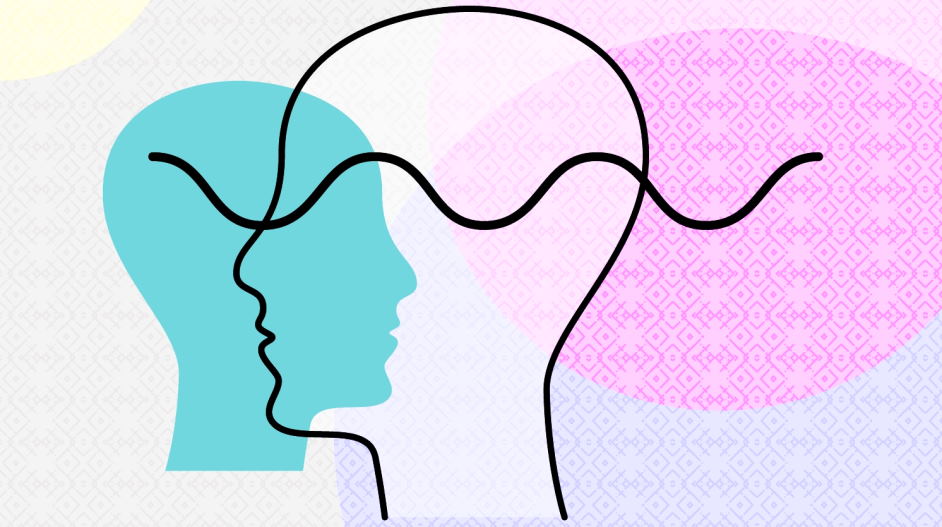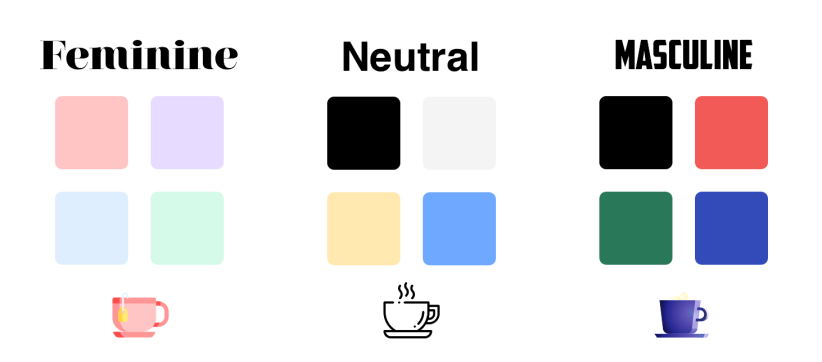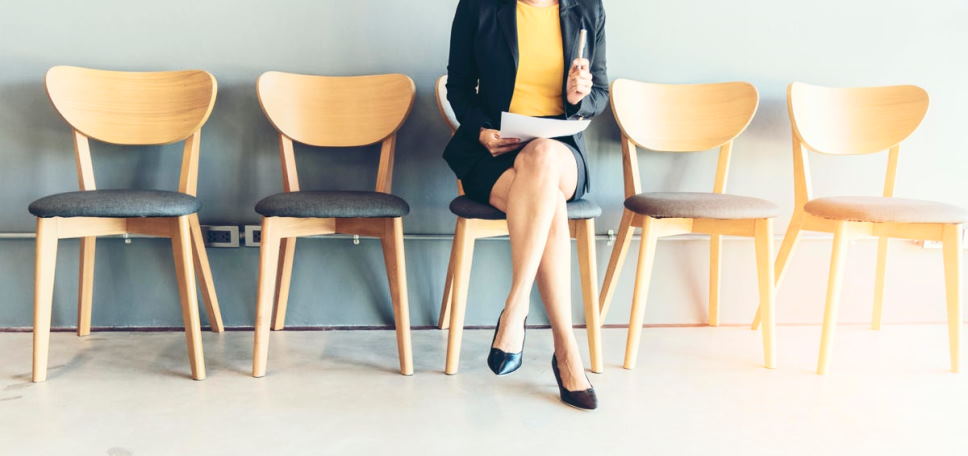
Design isn’t just about aesthetics. It’s also about creating a certain feeling or vibe in a space. And one of the ways designers do that is by playing with masculine and feminine energy. But what exactly is masculine and feminine design? And how can you use it to create the atmosphere you want in your home? Keep reading to find out!
Ways you can tell if a design is masculine or feminine
- Color: Masculine designs tend to feature darker, more muted colors like navy, black, and charcoal gray. Feminine designs often opt for lighter shades such as pastels or bright hues.
- Fonts: Bold fonts with geometric shapes are typically seen in masculine designs, while softer fonts with more curves are common in feminine designs.
- Imagery: Masculine imagery often features angles, sharp lines, and industrial elements; feminine imagery is usually delicate and includes florals or other natural scenes such as trees or sunsets.
- Shapes: Rectangles and squares are commonly used in masculine design, while circle and oval shapes are often associated with femininity.
- Balance: Masculine designs often have a symmetrical look and feel, while feminine designs may appear more asymmetrical or off-balance.
- Simplicity: Masculine designs are generally minimalistic with few elements, while femininity is often expressed through intricate details or patterns.

- Texture: Masculine design usually has a rougher texture, whereas feminine design leans towards softer materials like velvet, lace, and satin.
- Layout: Masculine designs are typically structured in lines and grids, giving them a more orderly appearance; on the other hand, feminine layouts tend to be less structured for a more organic flow.
- White Space: While masculine designs tend to fill most of the space, feminine designs often include white space to create a sense of openness and airiness.
- Texture: Masculine design usually has a rougher texture, whereas feminine design leans towards softer materials like velvet, lace, and satin.
These are just some ways to tell if a design is masculine or feminine. Knowing which one you’re aiming for can help make sure your project achieves the desired look and feel!
Designing for the modern woman: what does feminine design mean today?
The feminine design represents women-identified imagery and style in design and communication. Designers today are creating work that celebrates women, their experiences, stories, and values––all with a focus on empowering them. This type of design reflects gender equality, emphasizing the strength and resilience of women.
Designers have been exploring various ways to represent feminine design to create products, environments, and communications that are both inspiring and practical. Through color palettes such as pastels or muted tones like pink or lavender, font selection that conveys a sense of softness or boldness depending on what best speaks to the message being conveyed, lines featuring curves instead of angles –– all these elements come together to create a design that is both visually appealing and meaningful.

The feminine design also extends beyond aesthetics –– it has become a tool for creating content with a purpose. Designers are using their platforms to create content that speaks to issues of gender equality and social justice, thereby encouraging people to think more deeply about these topics. As such, feminine design is no longer just concerned with looking pretty; it’s about empowering women as individuals and driving change in society at large.
Ultimately, feminine design today encapsulates all aspects of the modern woman –– beauty, strength, resilience, values, intelligence –– and celebrates them through thoughtful visuals that speak to her story and experiences. It’s an exciting time to be a designer, and there’s no limit to the possibilities that come with creating meaningful feminine design.
With the right elements in place, designers can create designs that challenge traditional notions of femininity while still celebrating it. Through thoughtful visuals, powerful content, and meaningful messaging, they can make beautiful pieces of work that bridge the gap between aesthetics and values –– ultimately crafting designs that empower women everywhere.